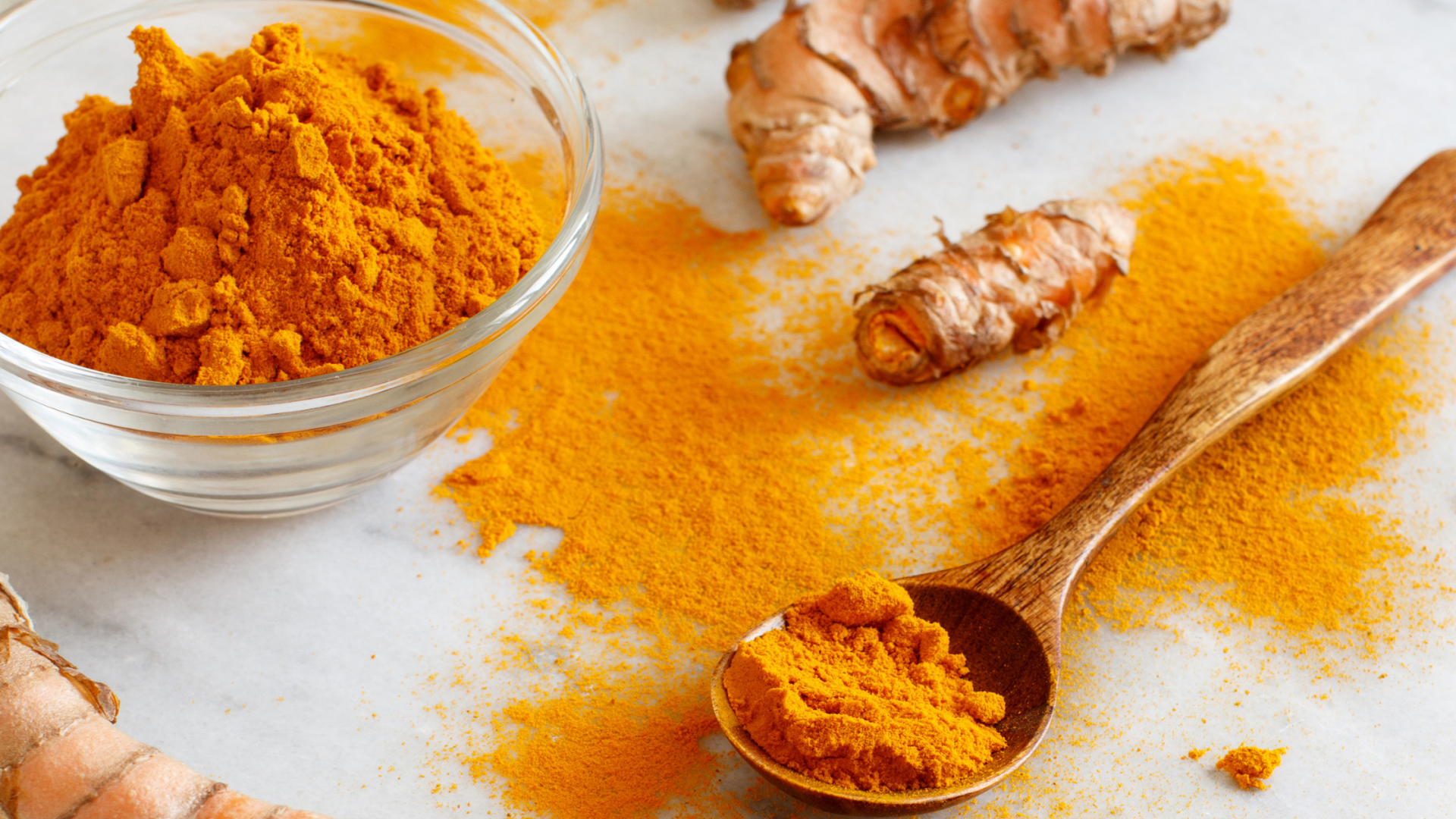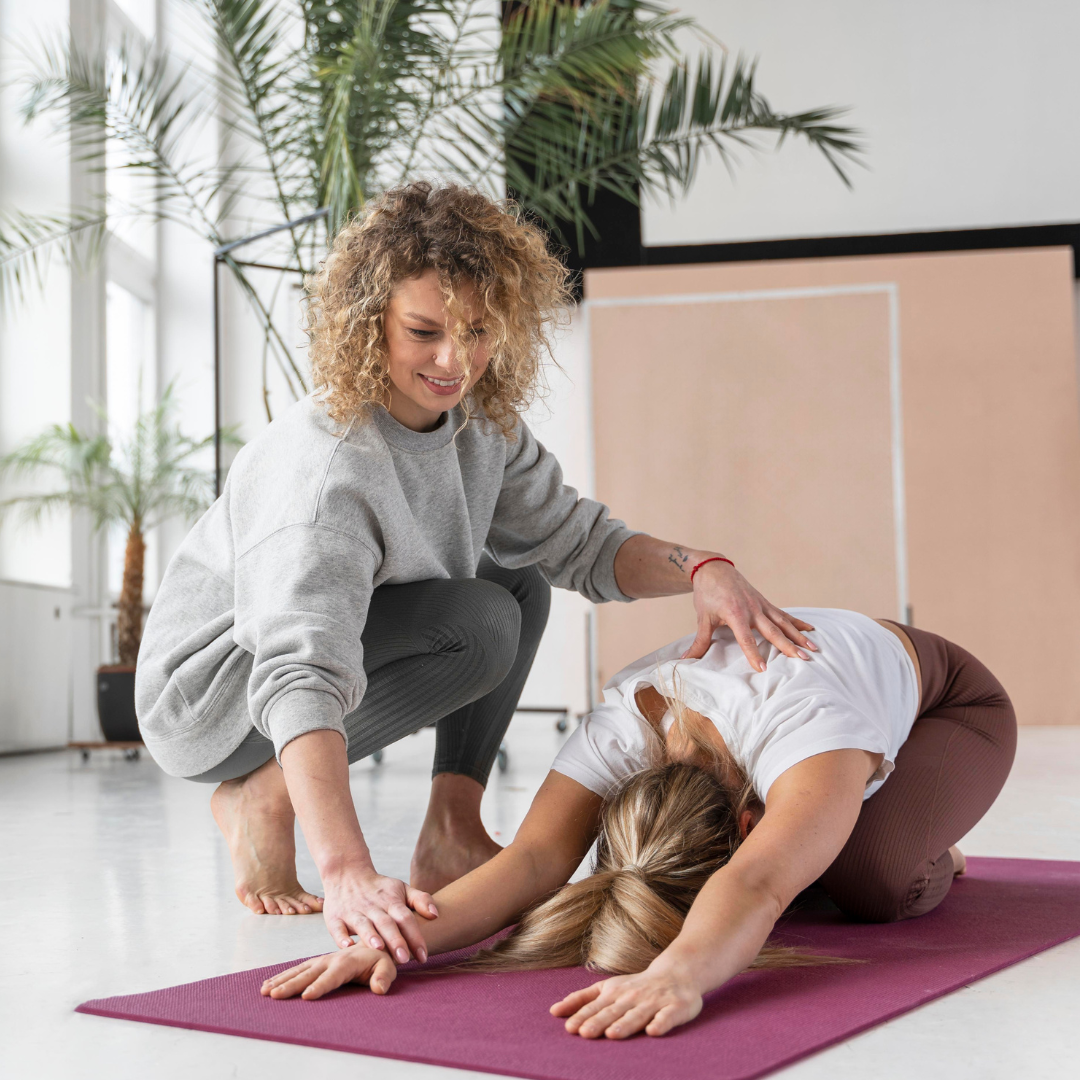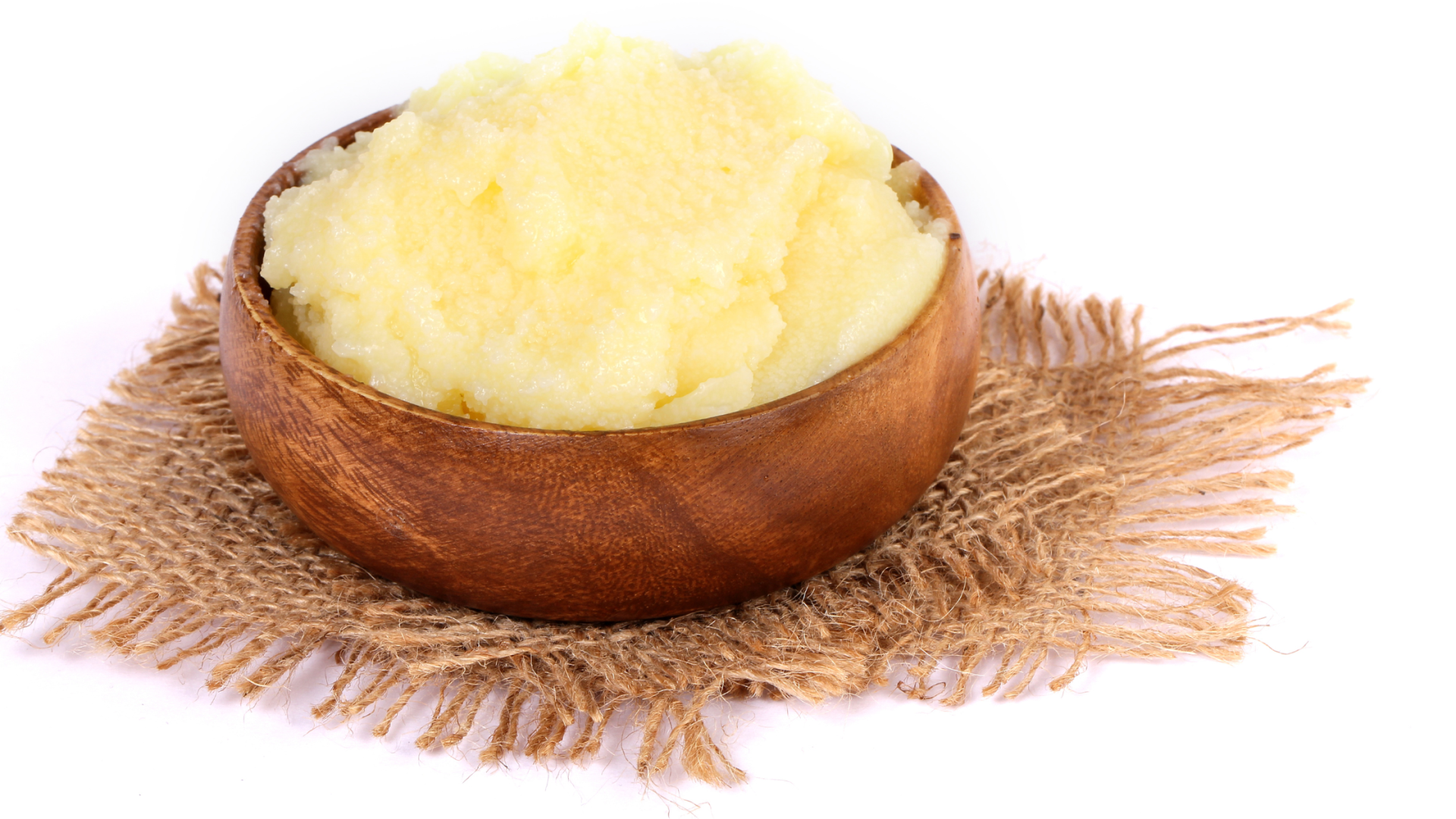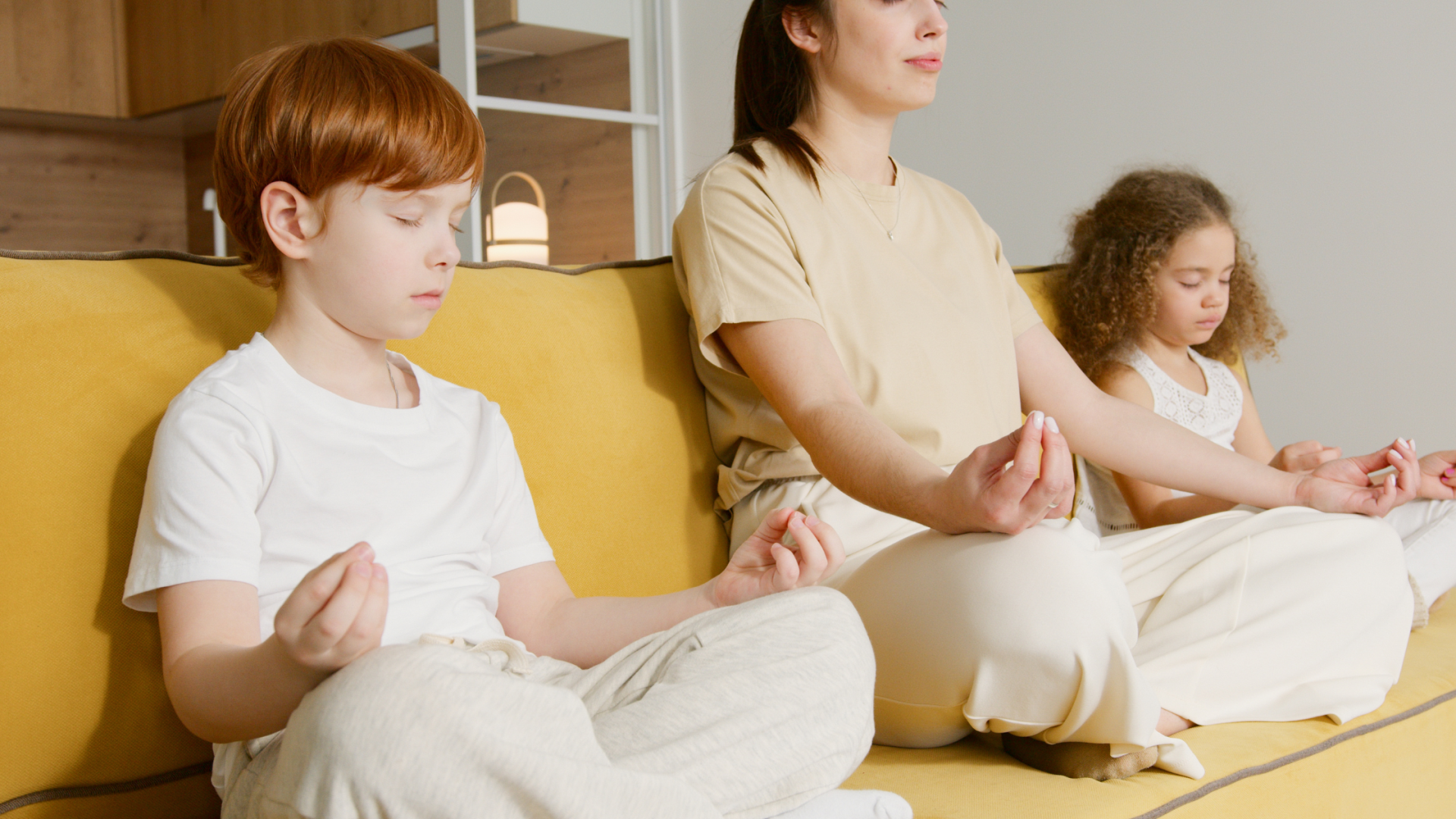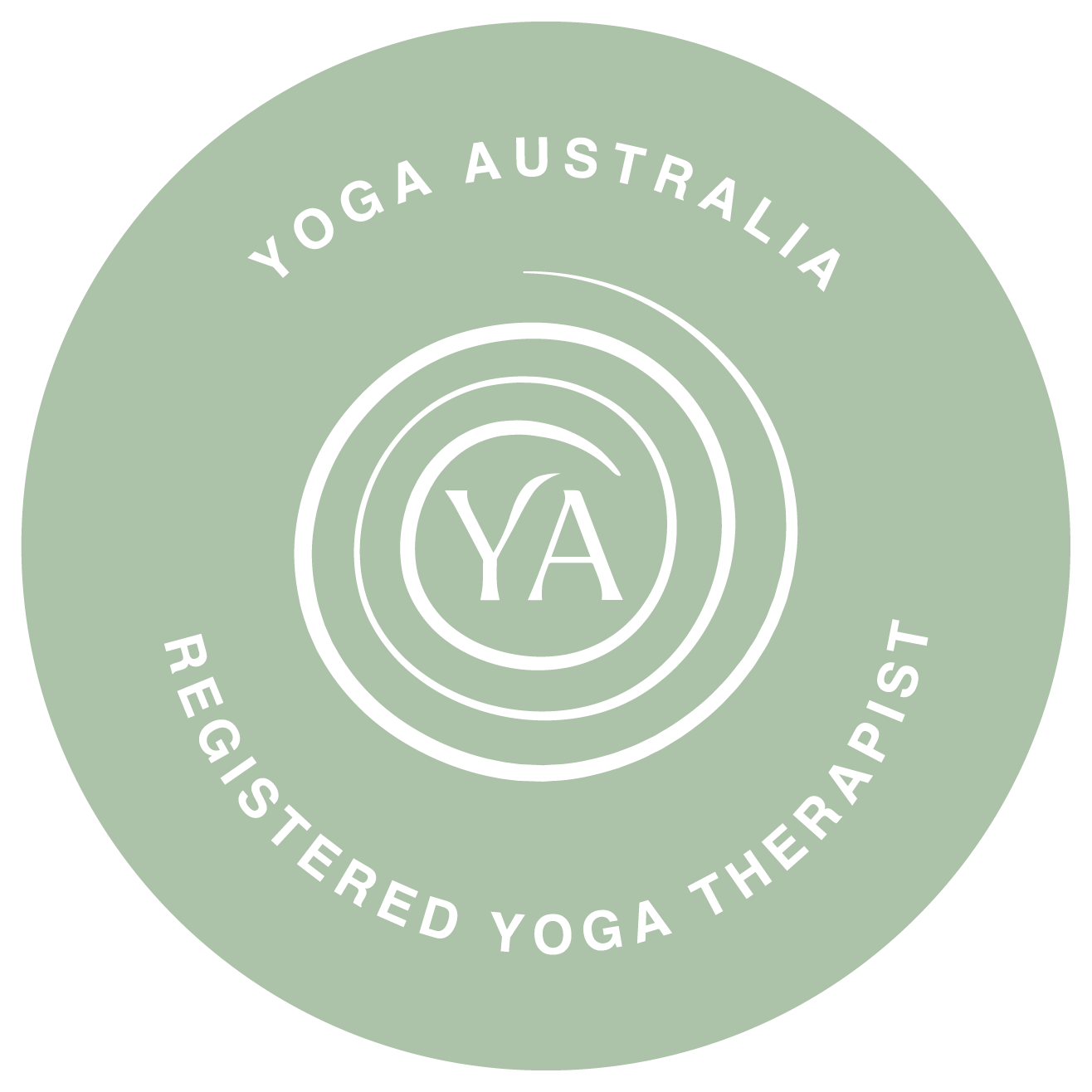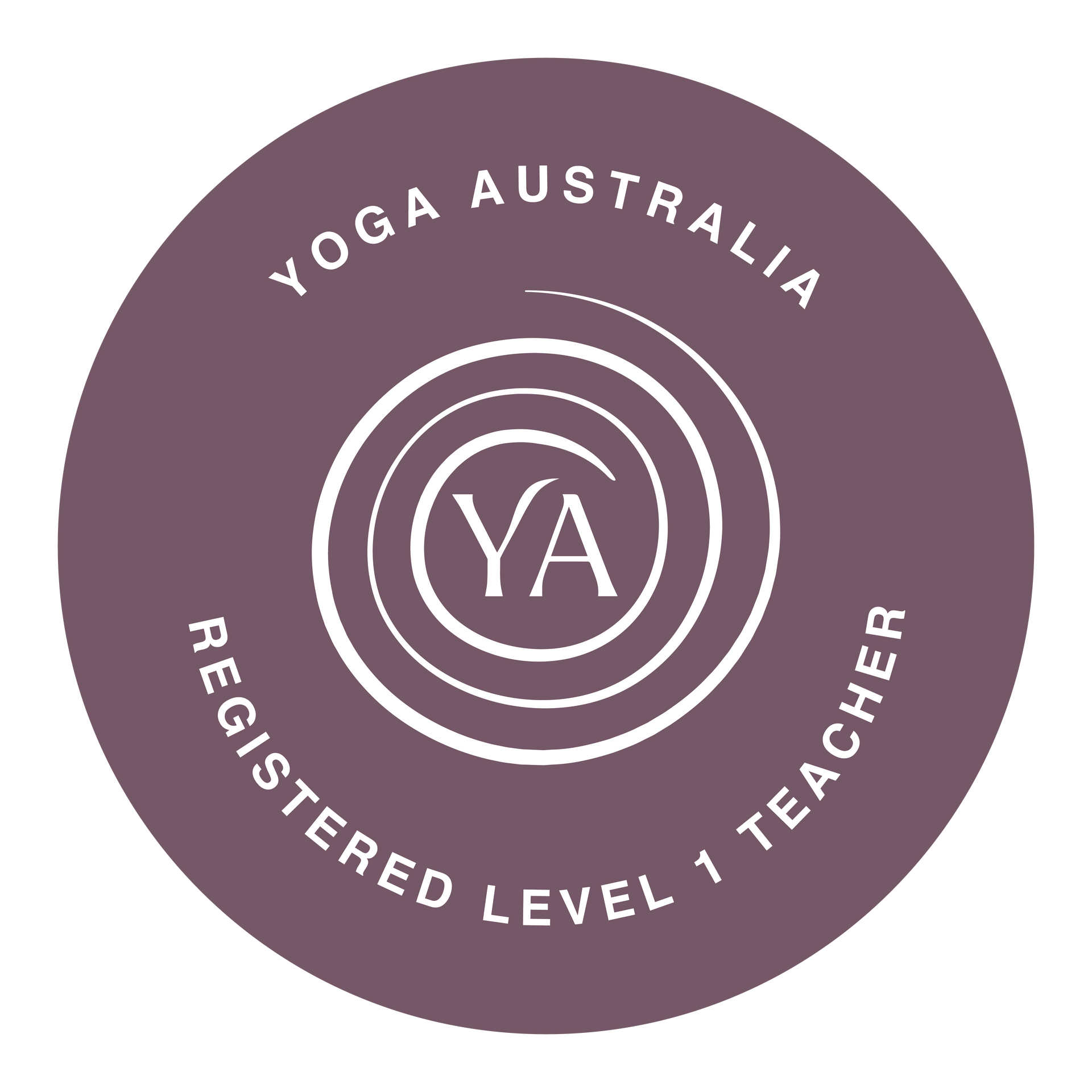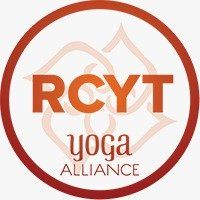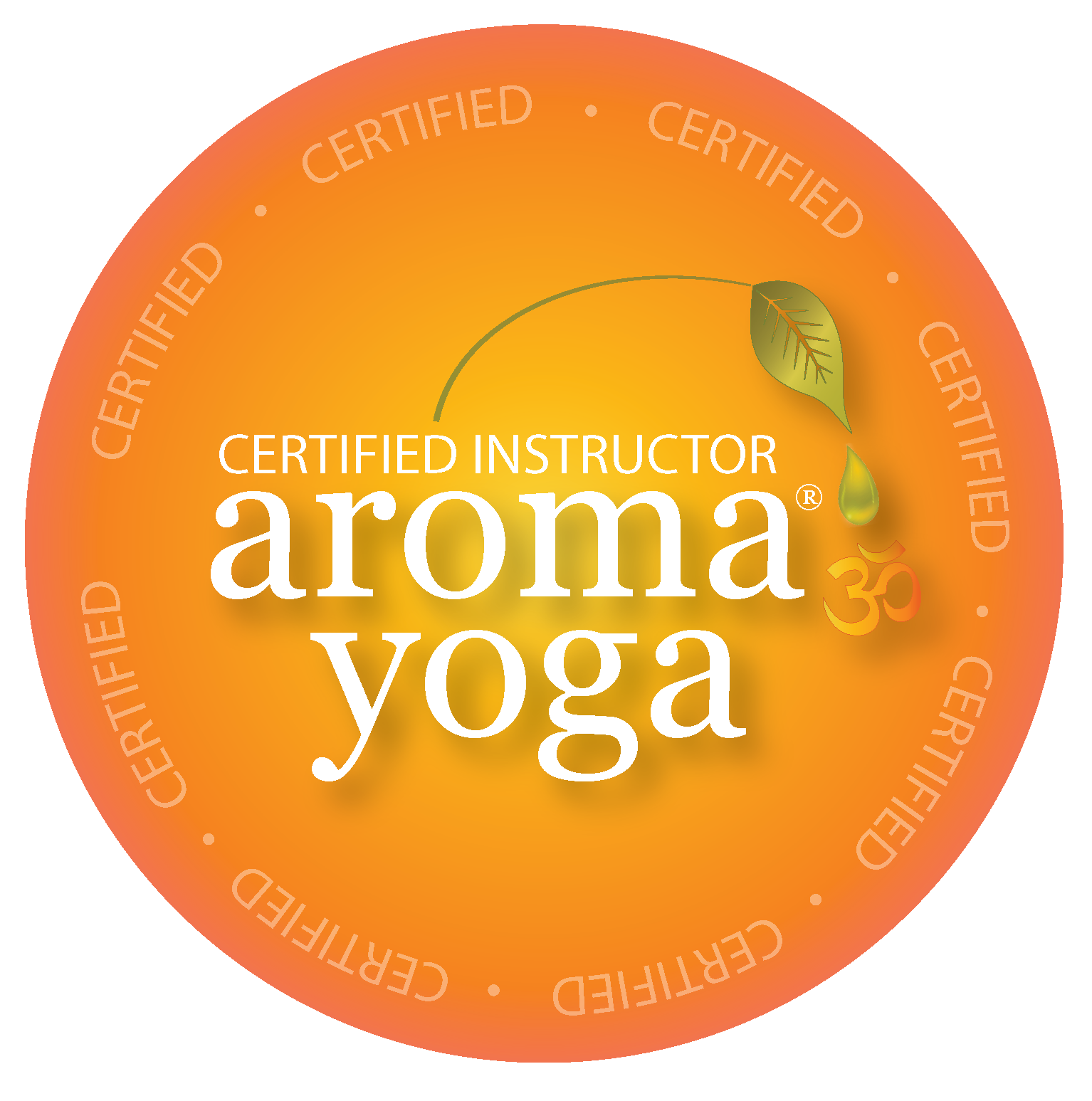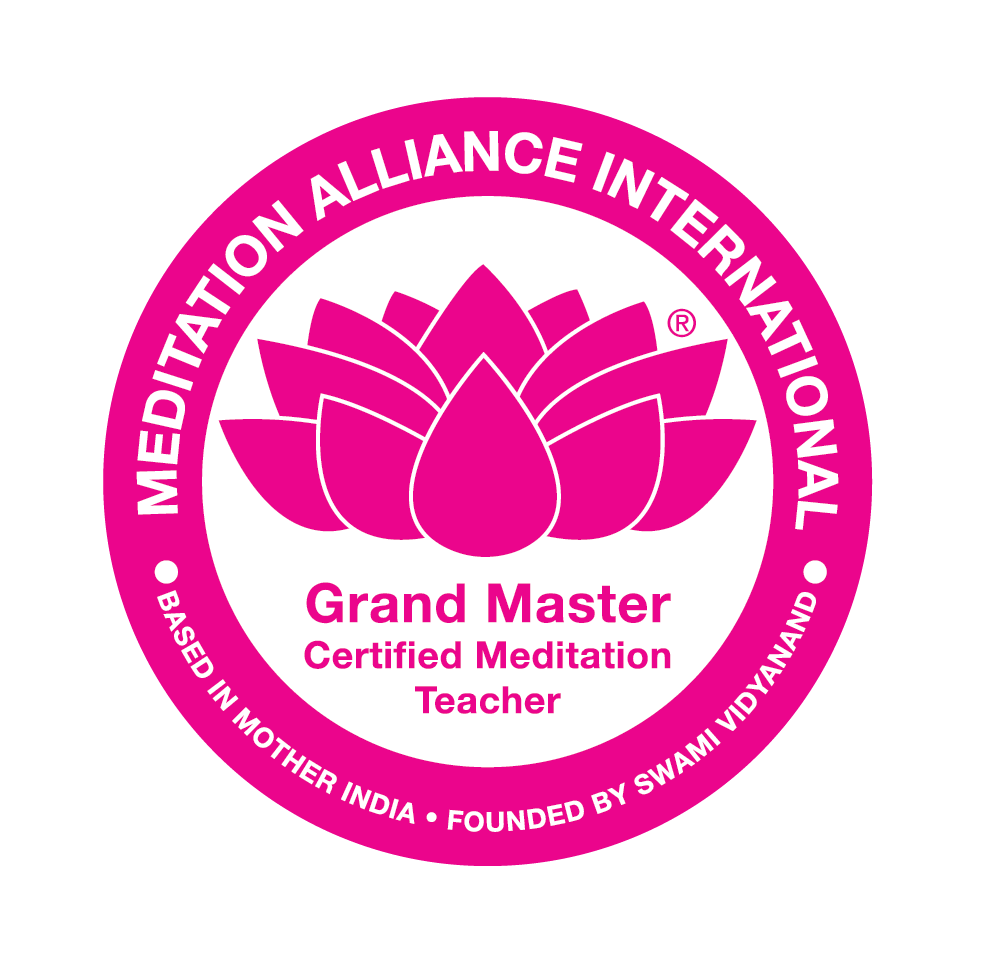Yoga Therapy and Pain
Everybody experiences pain at some time in their lives. Pain is a very general term that can describe physical or emotional pain. According to the IASP (International Association for the Study of Pain) "Pain is an unpleasant sensory and emotional experience associated with actual or potential damage or described in terms of such damage." It is the bodies way of letting us know something is wrong, or that it perceives that something is wrong in the body. It is associated with the activation of the nervous system.
Pain varies in intensity and can range anywhere from annoying to completely debilitating. Pain can also feel different - it may be described as numb, dull, sharp, stabbing, throbbing, achy, burning, stinging, shooting or radiating, or loss of sensation. It may be isolated to one area, spread or radiate out to other areas, or may be felt whole body such as the aches associated with the flu. Pain may vary in length and frequency. It may be consistent, it may come and go, or it may only occur under certain conditions. It may be acute (short term) or chronic or persistent (long term). According to Adriaan Louw and Emilio Puentedura in Therapeutic Neuroscience Education 2013, persistent pain is "Pain that remains present past what is considered normal or average healing time, typically believed to be between 3-6 months."
What causes pain?
Pain can commonly be caused by:
- headaches
- migraines
- muscular issues (strains, sprains)
- toothache
- abdominal aches and cramps
- sore throats
- surgery
- broken bones
Pain may also be caused by illness or disease such as:
- Complex Regional Pain Syndrome
- Fibromyalgia
- Sjogren's Syndrome and other autoimmune disease
- Cancer
- Arthritis and joint inflammation
- Endometriosis
- Neuropathic pain
Yoga Therapy and Pain
You may be wondering if Yoga Therapy can help with pain, and how? Yoga Therapy is all about the individual, so we do not use a one size fits all approach. We look at the client in front of us. Each client will present with different causes and they will experience pain differently. Their pain will affect their physical, emotional and mental bodies differently. Not only is it the physical pain that is experienced, but many other issues occur from pain conditions, such as inflammation, fatigue, insomnia, anxiety, depression, weakness and digestive issues to name a few. All this needs to be taken into account before a yoga therapy plan can be created together.
Using information we have collected from the Health Intake Form, discussions with the client and observation, we will work with the client to meet their individual needs.

How can Yoga Therapy be used to treat pain?
Yoga therapy can be used to treat pain by:
- Soothing the system
- Mindfulness movement and meditation
- Checking reactions and thought patterns
- Changing beliefs about pain
- Breath work - when everything hurts, just breathe
- Choosing to be comfortable in the uncomfortable
- Learning to let go - what can be controlled / what can't
- Relaxing the nervous system - activating the parasympathetic nervous system
- When possible slow gentle movements that are, at least initially, held for short duration
- Repetition - to allow observation of reactions and practice to change those reactions
- Increasing blood flow
- Dietary and Lifestyle considerations
Yoga Therapy is not just coming to a session and learning how to practice yoga postures (asanas). Depending on the goals of the client, their health conditions, mobility, age, fitness level and lifestyle, the Yoga Therapist will use a variety of yoga tools to workshop with the client, to create a treatment plan that is accessible and practical for the individual client. Drawing from breathwork, asanas, relaxation, meditation, sound, diet, Ayurveda (the sister science of yoga) and more, a plan is created together to help empower the client to heal themselves. Yoga Therapy is tailored to the individual and will develop and change over time.
I know firsthand how well all aspects of Yoga can help support those with pain conditions. I personally have a couple of Chronic Pain conditions and have felt and seen the benefits of many aspects of yoga and yoga philosophy. Some days I can draw on gentle Yin or restorative asanas. Some days just breathing is all I can do. Other days I work on my diet and lifestyle and a consistent meditation practice. But no matter what kind of day I am having, good or bad, I try and draw on the many aspects of yoga philosophy that help to re-frame my mindset and coping skills, allowing me to accept what is happening in my life and be grateful for the good and the not so good. Personally living with chronic pain each and every day provides me with an amazing insight into what my clients experience daily in their lives - the ups and the downs. This insight allows me to better help my clients with their experiences.
If you would like to find out more about Yoga Therapy, or how your pain conditions can be supported, please
contact me. I am currently looking for clients experiencing chronic pain to complete practicum hours for the Graduate Diploma in Yoga Therapy I am completing. I would love to hear from you if you would like to be involved in these free Yoga Therapy practicum sessions.
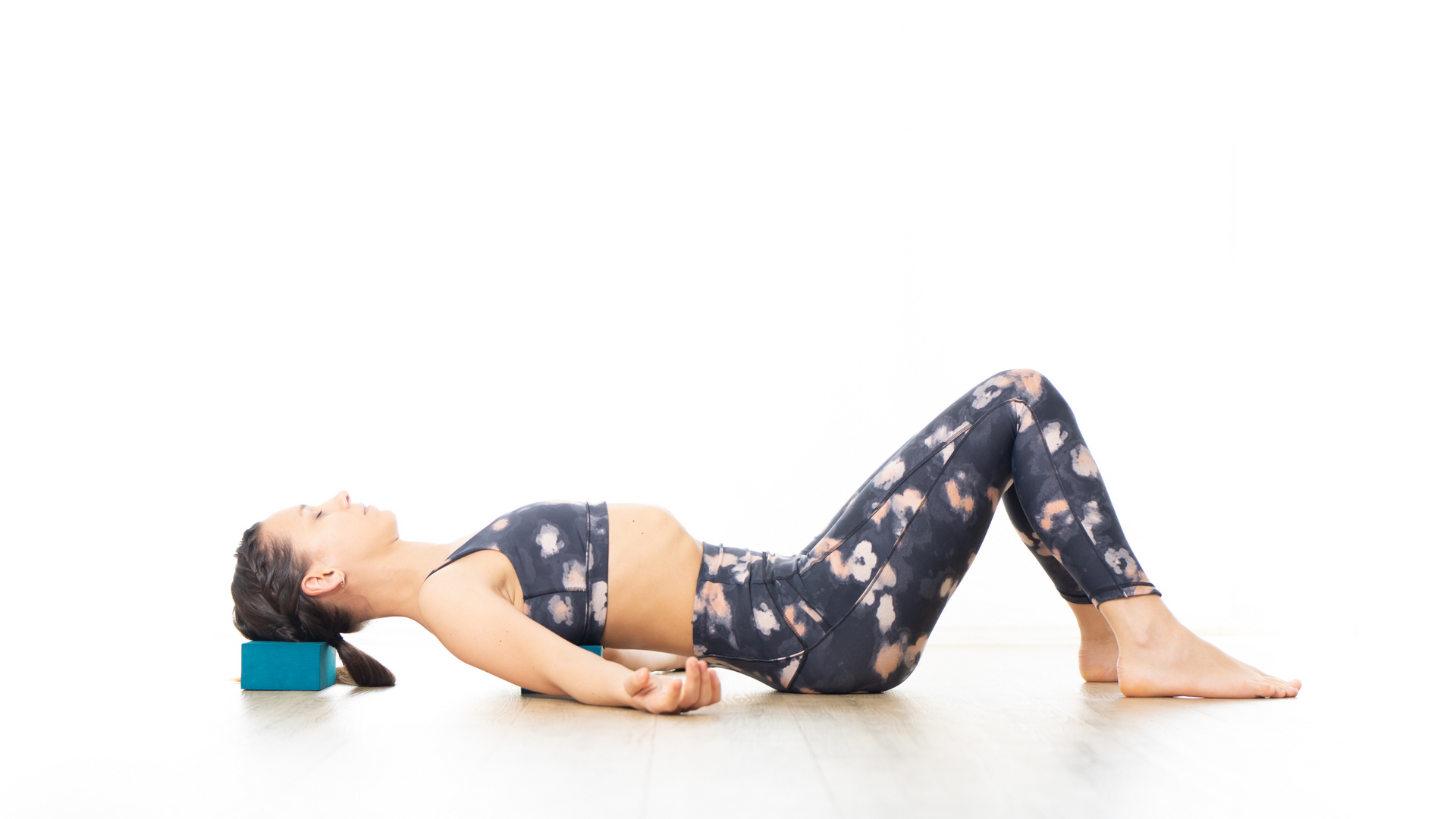
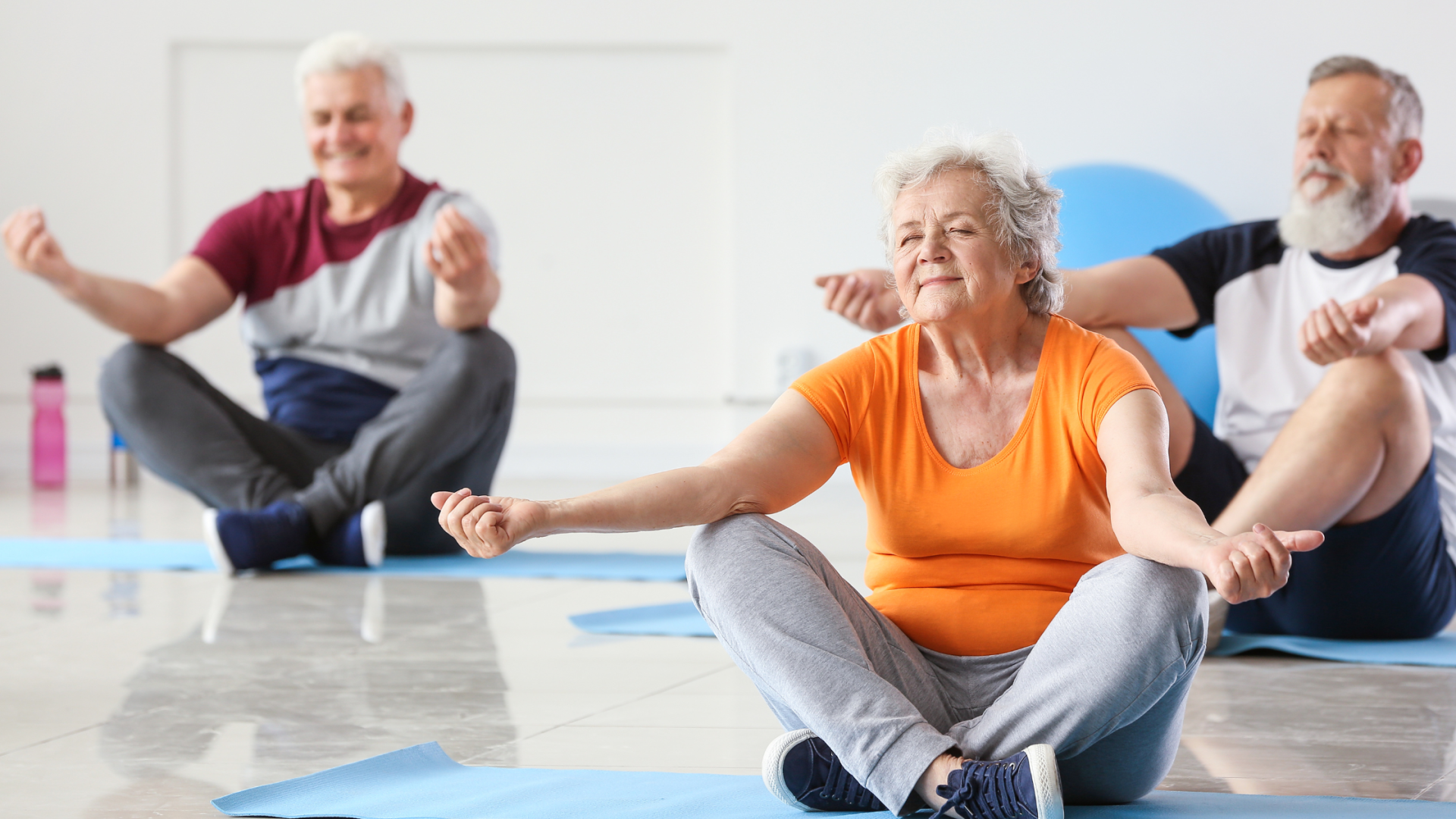
Join our mailing list for news and updates.



